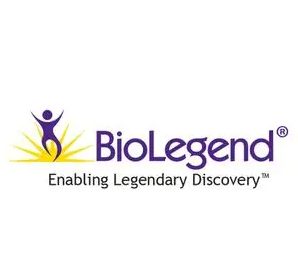上海细胞库
人源细胞系| 稳转细胞系| 基因敲除株| 基因点突变细胞株| 基因过表达细胞株| 重组细胞系| 猪的细胞系| 马细胞系| 兔的细胞系| 犬的细胞系| 山羊的细胞系| 鱼的细胞系| 猴的细胞系| 仓鼠的细胞系| 狗的细胞系| 牛的细胞| 大鼠细胞系| 小鼠细胞系| 其他细胞系|

| 规格 | 价格 | 库存 |
|---|---|---|
| 25µg | ¥ 1212 | 1 |
FC - Quality tested
Each lot of this antibody is quality control tested by immunofluorescent staining with flow cytometric analysis. For flow cytometric staining, the suggested use of this reagent is ≤ 0.25 ?g per 106 cells in 100 ?l volume. It is recommended that the reagent be titrated for optimal performance for other applications.
* Alexa Fluor? 647 has a maximum emission of 668 nm when it is excited at 633nm / 635nm.
Additional reported applications (for the relevant formats) include: immunoprecipitation1-3, complement-dependent cytotoxicity4, in vivo and in vitro blocking of adhesion1-3,5, and immunohistochemical staining of acetone-fixed frozen sections and zinc-fixed paraffin-embedded sections6. The Ultra-LEAF? purified antibody (Endotoxin < 0.01 EU/?g, Azide-Free, 0.2 ?m filtered) is recommended for functional assays (Cat. Nos. 104457-104462).
Subsets of B and T cells, monocytes, granulocytes, subset of NK cells
1. Barclay AN, et al. 1997. The Leukocyte Antigen FactsBook Academic Press.
2. Kishimoto TK, et al. 1990. P. Natl. Acad. Sci. USA 87:2244.
3. Tedder TF, et al. 1995. J. Exp. Med. 181:2259.